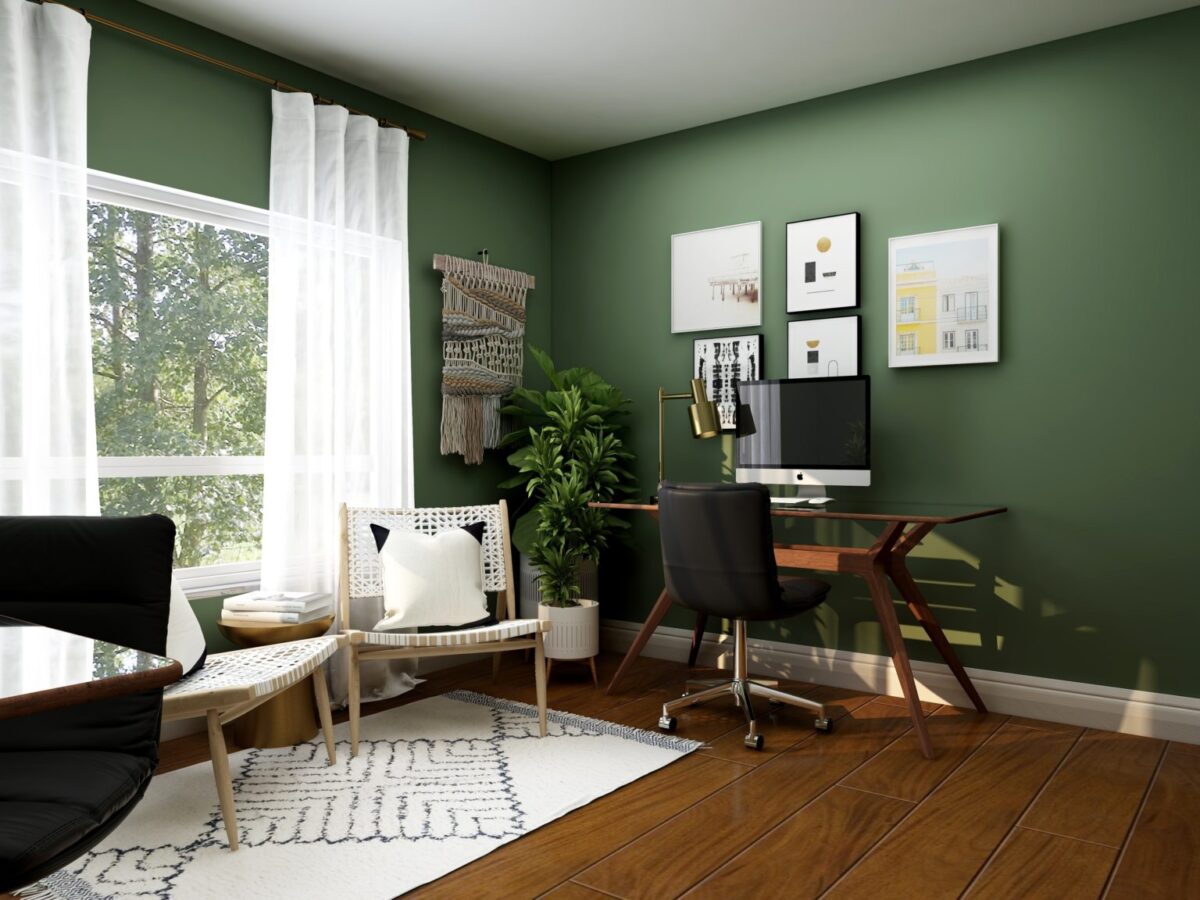Healing spaces minimize stress, make you feel good, bring your family and friends together and can help improve your health and wellbeing. During a winter when we all will be remaining indoors and at home for our own safety—and that of others—it is crucial to develop an environment that is both comfortable and healthy. It’s easy to make your home into a healing space with some simple changes based on evidence-based design and healing principles.
“Most of us have at least some control over our homes. You can design your home environment to support your health and wellness,” says Lorissa MacAllister, president and founder of Enviah.
A healing space is uncluttered and peaceful. “Many people don’t realize the extent to which their surroundings affect their ability to find peace, rest and vitality,” says Wayne Jonas, MD, president of Healing Works Foundation. “See what you can do to improve the things that you have the ability to change.”
Create Your Healing Home
Even small changes make a difference. When creating your healing space, focus first on where you spend the most time. “Think through the activities of your life and create your home environment to support those activities,” says MacAllister.
Here are 5 ways to make your home a healing space.
1. Surround yourself with nature.
Being around nature is good for your health. Use:
- Natural light
- Views of nature, such as a garden or skylights and outside windows
- Artwork that depicts scenes of nature
- Flowers and house plants
2. Decorate with meaning.
Fill your home with things that are meaningful to you, such as:
- Photographs of family and friends
- Religious symbols
- Meaningful objects
- Personally-created or collected artwork
Also, arrange furniture to encourage interaction. Place chairs, sofas and other furniture so people are at eye level and shoulder to shoulder, not across a table, says MacAllister. Make sure the space isn’t too hot or too cold and that it’s quiet enough for conversation.
3. Simplify your life.
Most of us live busy, complex lives. Simplify by:
- De-cluttering
- Cleaning
- Creating quiet spaces for reflection
Removing unneeded and unwanted things from your home reduces stress. Cleaning removes dust and toxins from your home. Quiet spaces for reflection help you take a pause from the demands of everyday life. A quiet place to start your day is especially important, says MacAllister.
4. Choose the right colors.
Choose colors to suit your mood and personality. Reds, oranges, and yellows energize and stimulate. Other colors, such as blue, green, and violet, can evoke feelings of peace and restfulness.
5. Create a dark, clutter-free bedroom.
Having a dark, clutter-free bedroom will help you relax and sleep better. If your bedroom is too bright due to streetlights, buy blackout shades or curtains. Eliminate or dim lights from clocks, TVs or phones in the bedroom. Use red lights on clocks rather than blue, white or yellow. Use comfortable bedding that feels great against your skin. A cool room and a weighted bedspread can improve sleep. “Make your bedroom a place of sanctuary and restoration,” says MacAllister.
A healing space at home is part of evidence-based design and healing principles for the external environment. Where you live, work and play and your impact on the planet make up the external environment.
Find Healing Spaces Outdoors
Along with bringing nature indoors as part of your healing home, look for spaces outdoors that nurture you. Even during colder months, this can be a local park, the beach, mountains or even your backyard. Take time out to:
- Watch a sunset
- Listen to the sounds of a fountain while on a brisk walk
- Watch birds in the trees
- Visit some other natural setting
Remember to breathe in the scene intentionally and feel the beauty. This elevates mood-enhancing chemicals in your brain.
Help Create a Healthy Environment
Reduce your carbon footprint and help keep the planet healthy to create a healthy environment for future generations. For example, choosing chemical-free food restores farmland and supports your health. Other ways to contribute to a healthy environment include:
- Reducing waste
- Recycling more
- Using greener cleaning and laundry materials
Enhance Your Ability to Heal
Your external environment is part of an Optimal Healing Environment, which enhances the inherent healing capacity in each of us. It is one of four areas of your life (environments) that work together to support health, wellbeing and healing. The other three environments are:
- Internal Environment: Your deepest inner level, the internal environment is made up of your mind and spirit, emotions, intentions and purpose in life.
- Interpersonal Environment: The many relationships in your life that are your personal support system. These relationships include your family, friends, doctor, pastor, neighbors, coworkers, boss and others. Feelings are real so don’t ignore them.
- Behavioral Environment: This is made up of the actions you take to prevent illness, improve your health and engage in self-care in a way that allows your natural healing processes to emerge. The includes avoiding toxins, eating healthy food, movement and exercise, stress management and sufficient quality sleep.
The Samueli Institute developed the Optimal Healing Environment, with the help of Dr. MacAllister of Enviah on the external environment. “You have within you the ability to heal,” says Dr. Jonas.
“By making small changes in your daily life, you can increase your body’s ability to heal and foster healing in your community and the earth. Being mindful about what makes for an optimal healing environment can make a difference in respect to your body, mind and spirit.”
To learn more about how Optimal Healing Environments impact us and our bodies, check out this post.

Your Health Into Your Own Hands
Drawing on 40 years of research and patient care, Dr. Wayne Jonas explains how 80 percent of healing occurs organically and how to activate the healing process.
